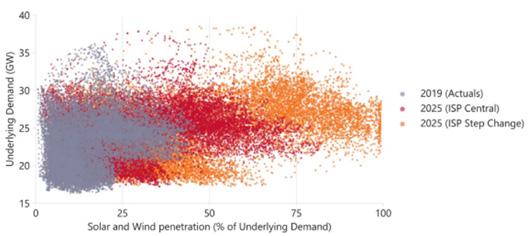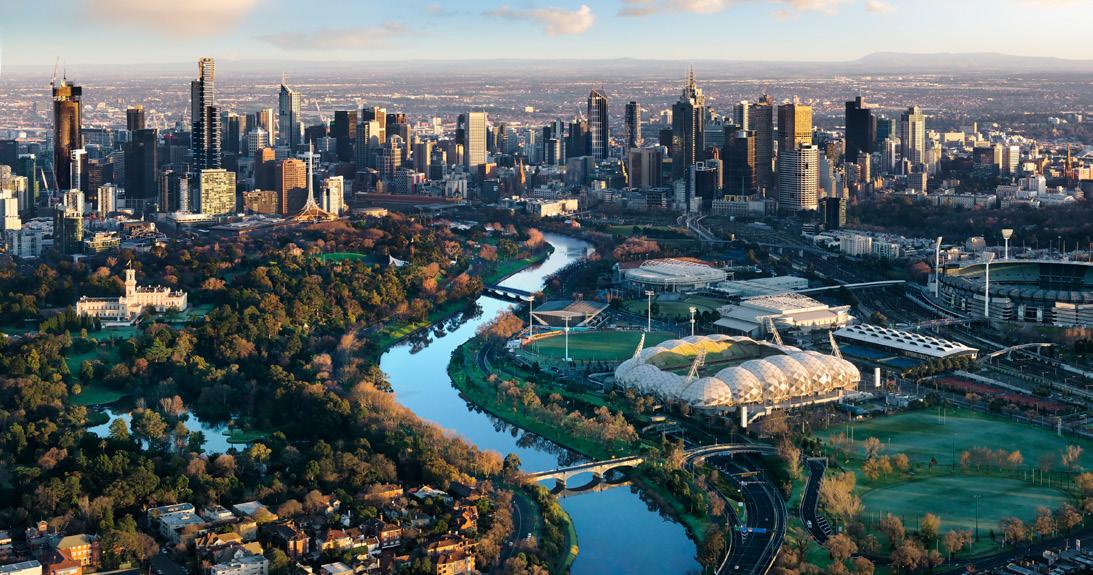
2 minute read
CEO’S MESSAGE
It would, perhaps, be understandable to be pessimistic about our present circumstances as a country. Australia faces a difficult task ahead in balancing economic and health outcomes, and confronting the deep shocks from this pandemic. But we cannot let these challenges overwhelm our optimism for the future. This crisis presents a critical opportunity for policy bravery, not a time to manage a genteel decline of our living standards. It presents an opportunity to do things differently – to seize this moment of disruption and secure our future prosperity.
Governments have already taken a series of positive steps in providing unprecedented fiscal support to businesses and communities. Consistent with our own advice, public investment in smaller capital projects and maintenance programs has added close to $16 billion to the pre-crisis $185 billion four-year national infrastructure program. The continuation and expansion of this investment will be essential to support employment over the short-term and productivity over the longer-term. But more can, and must, be done.
As we continue the path to recovery, it’s critical the sector embeds the positive shifts from this pandemic - capitalising on behavioural changes and rethinking infrastructure provision. We can seize this opportunity to redesign our approach to resilience and advance long over-due reforms to place Australia in a strong economic position on the other side of this pandemic.
Prioritising reforms that improve the efficiency of markets, better align regulation with users’ long-term interests, remove impediments to private investment, and shift the balance of funding towards users from taxpayers will all be critical to our national prosperity.
A focus on reforms that provide stable revenue streams to governments and boost productivity will also be needed to ensure we do not endow future generations with significant debt and a weakened economy. This means prioritising major reforms like asset recycling, transitioning to a broad-based land tax, and applying a distance-based charge on electric vehicles.
A devastating season of flooding, drought, bushfires, and now a global pandemic should also force us to carefully reflect on how we are embedding resilience into the design, provision, operation, and maintenance of infrastructure. The growing complexity and convergence of our infrastructure systems coupled with the increasing frequency of extreme climate events should challenge policymakers, investors, and providers to renew their focus on resilience in the months and years ahead.
While we cannot definitively predict the future, we can dramatically reduce the economic and social costs of volatility. We can do this by ensuring that our infrastructure networks and assets, and supporting policy frameworks, remain flexible and adaptive to future shocks.
Over the course of the 2020 Partnerships Conference, I look forward to examining these issues and opportunities with you to help reset and take our sector forward.
Adrian Dwyer
Chief Executive Officer Infrastructure Partnerships Australia










